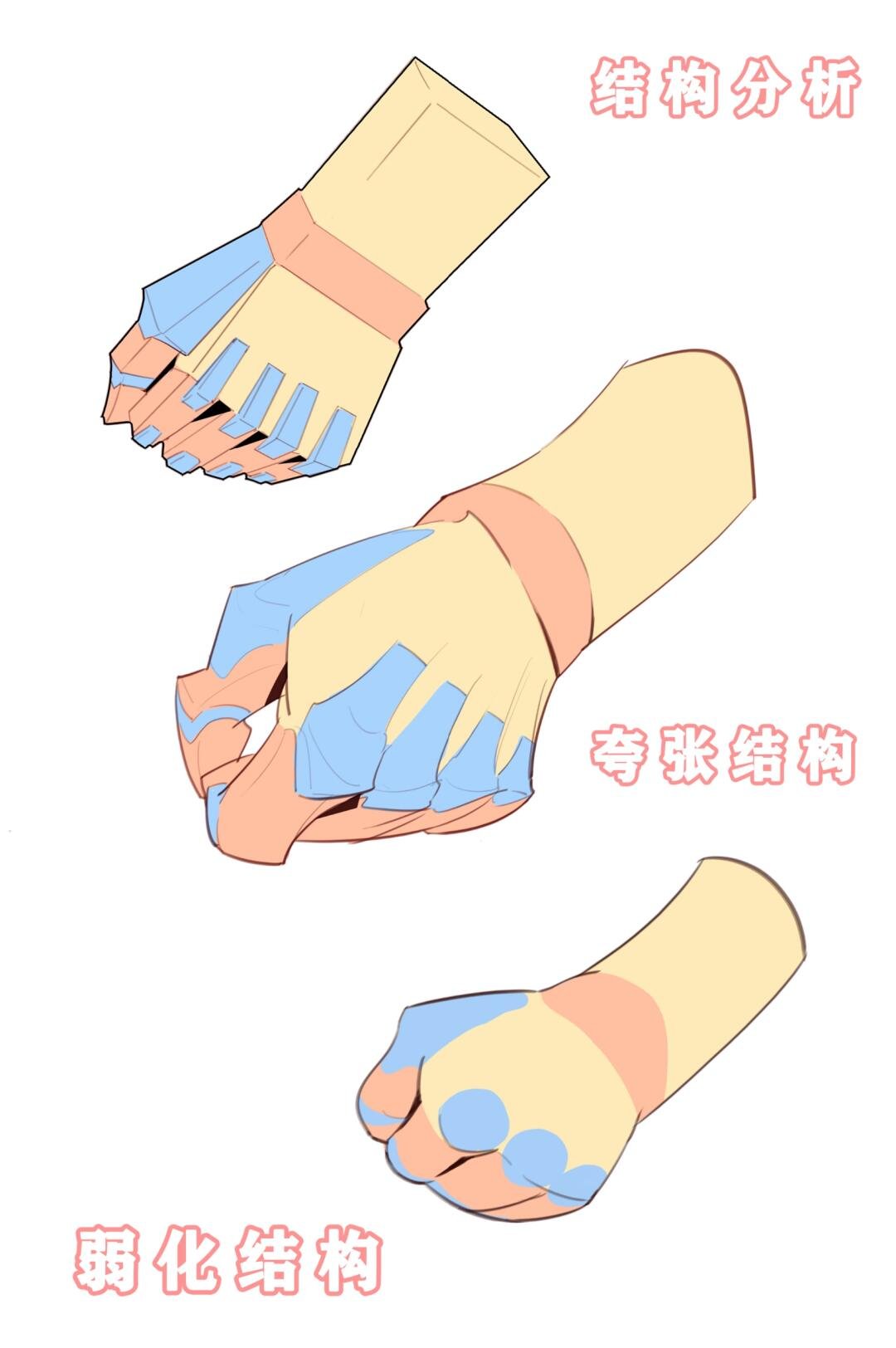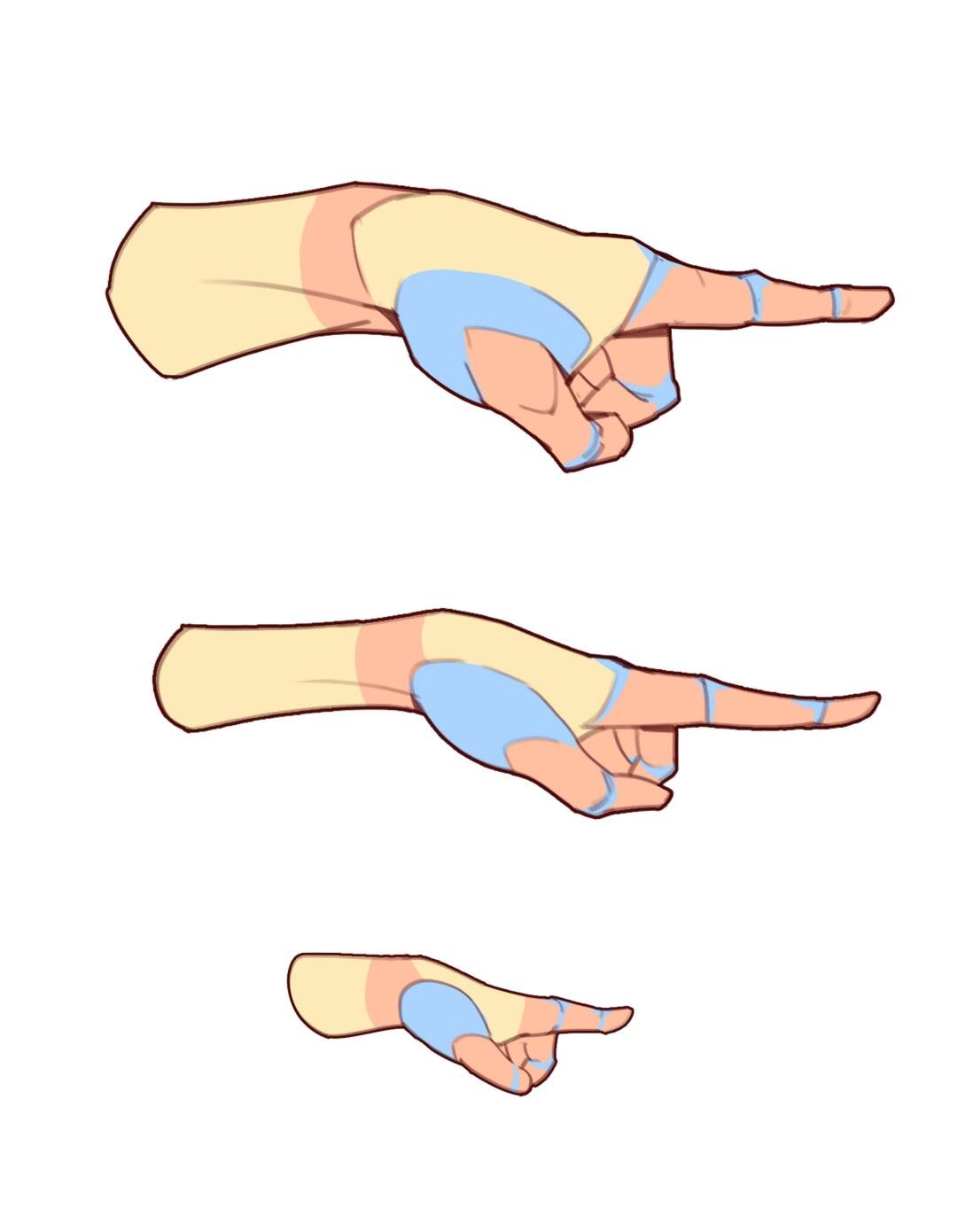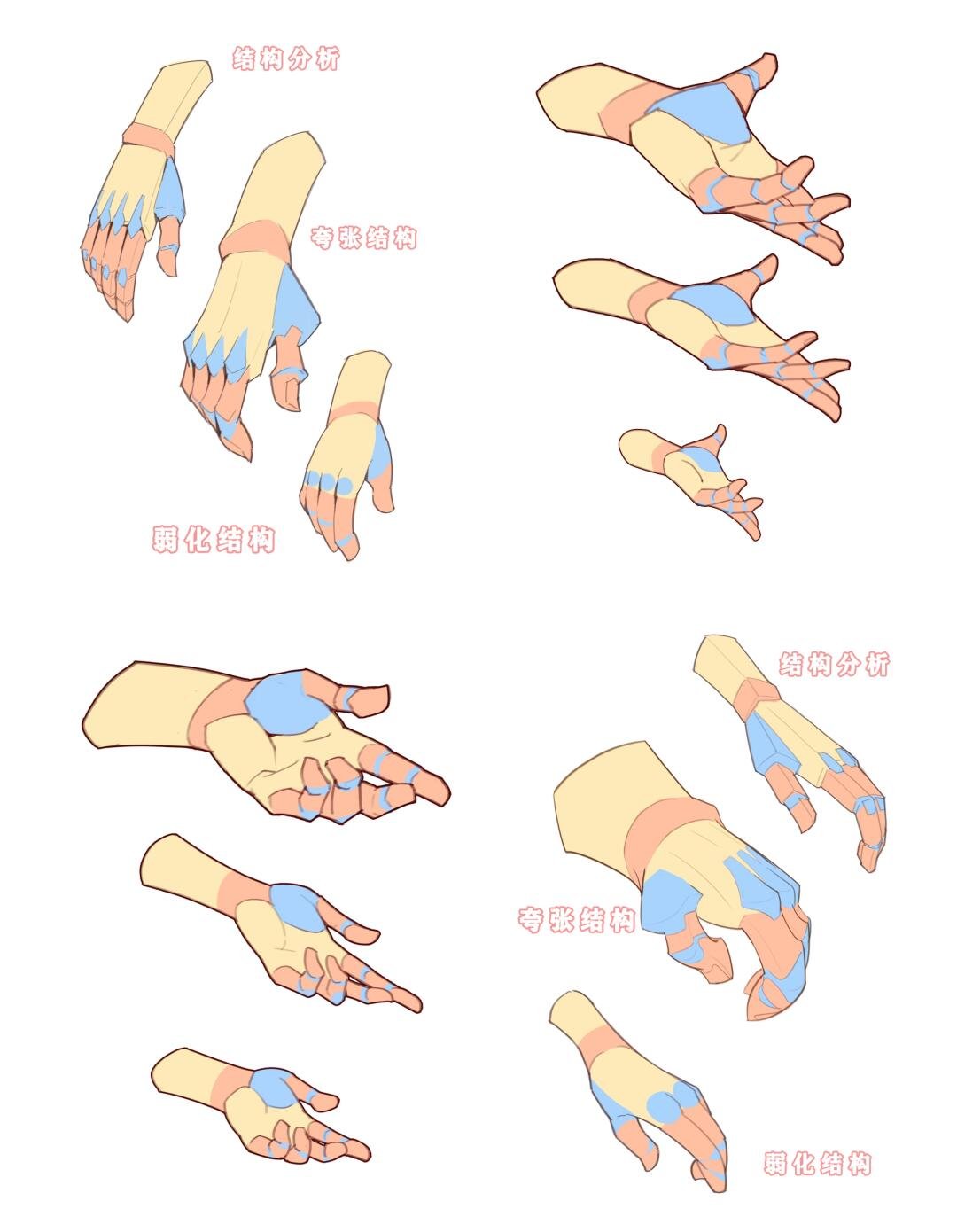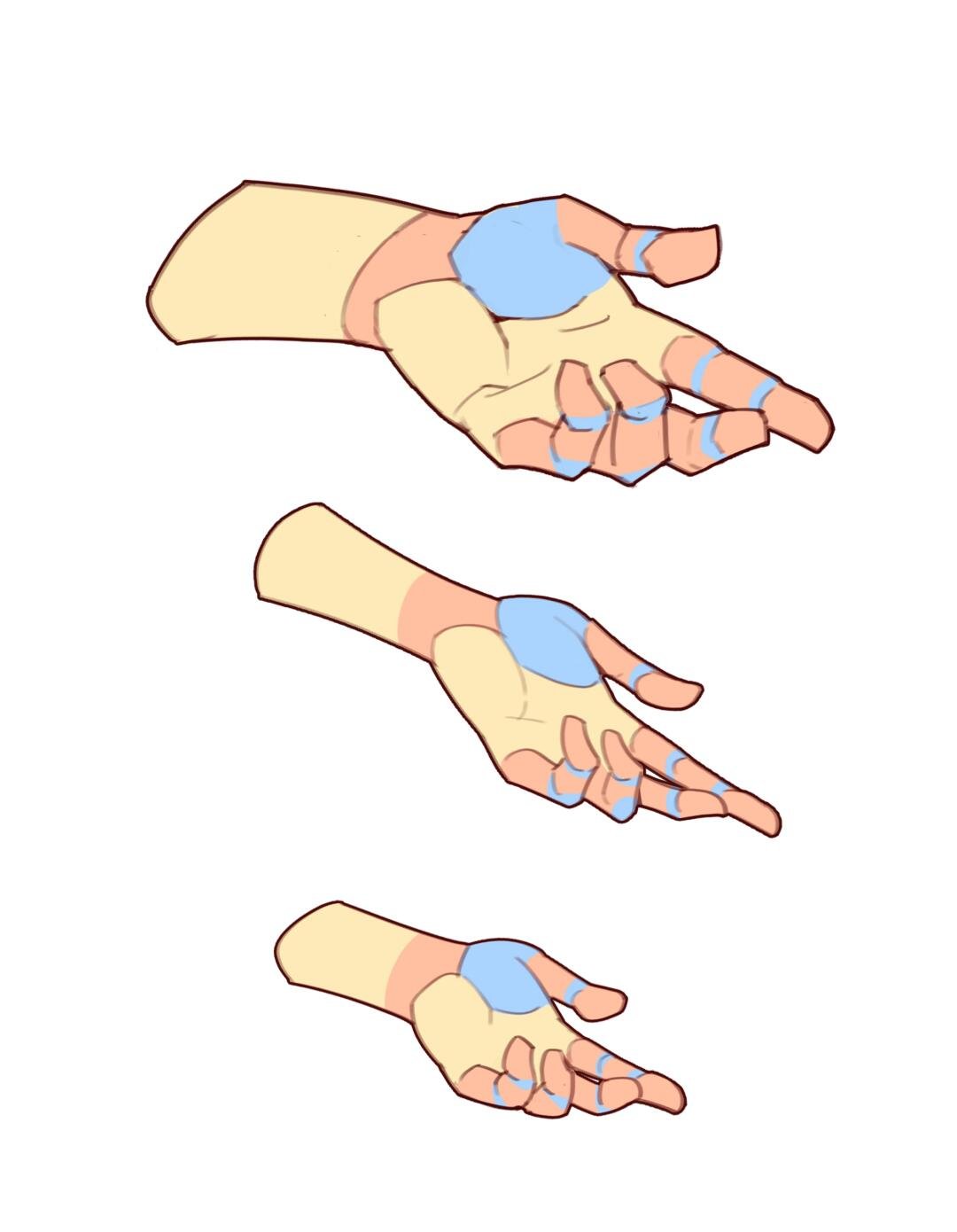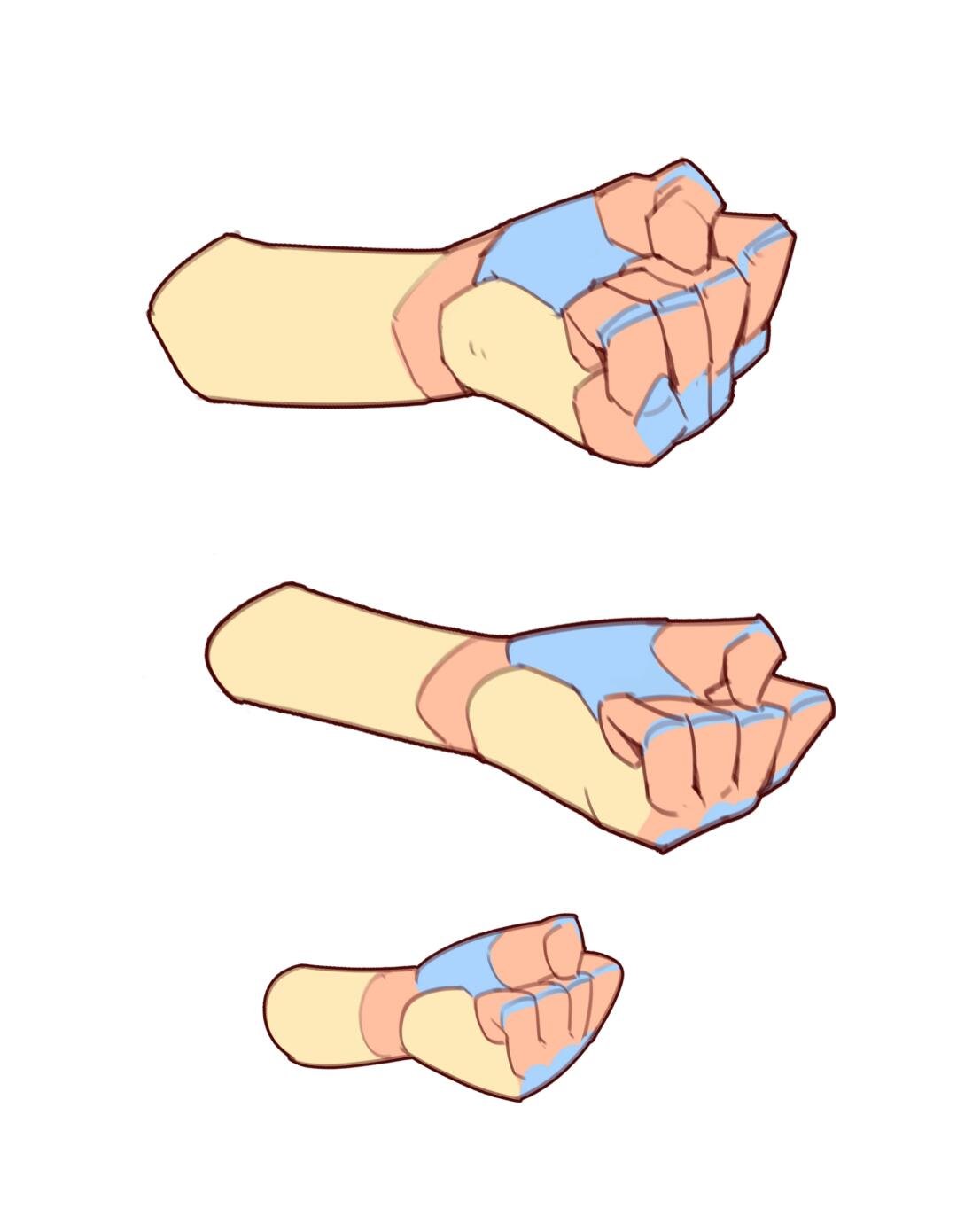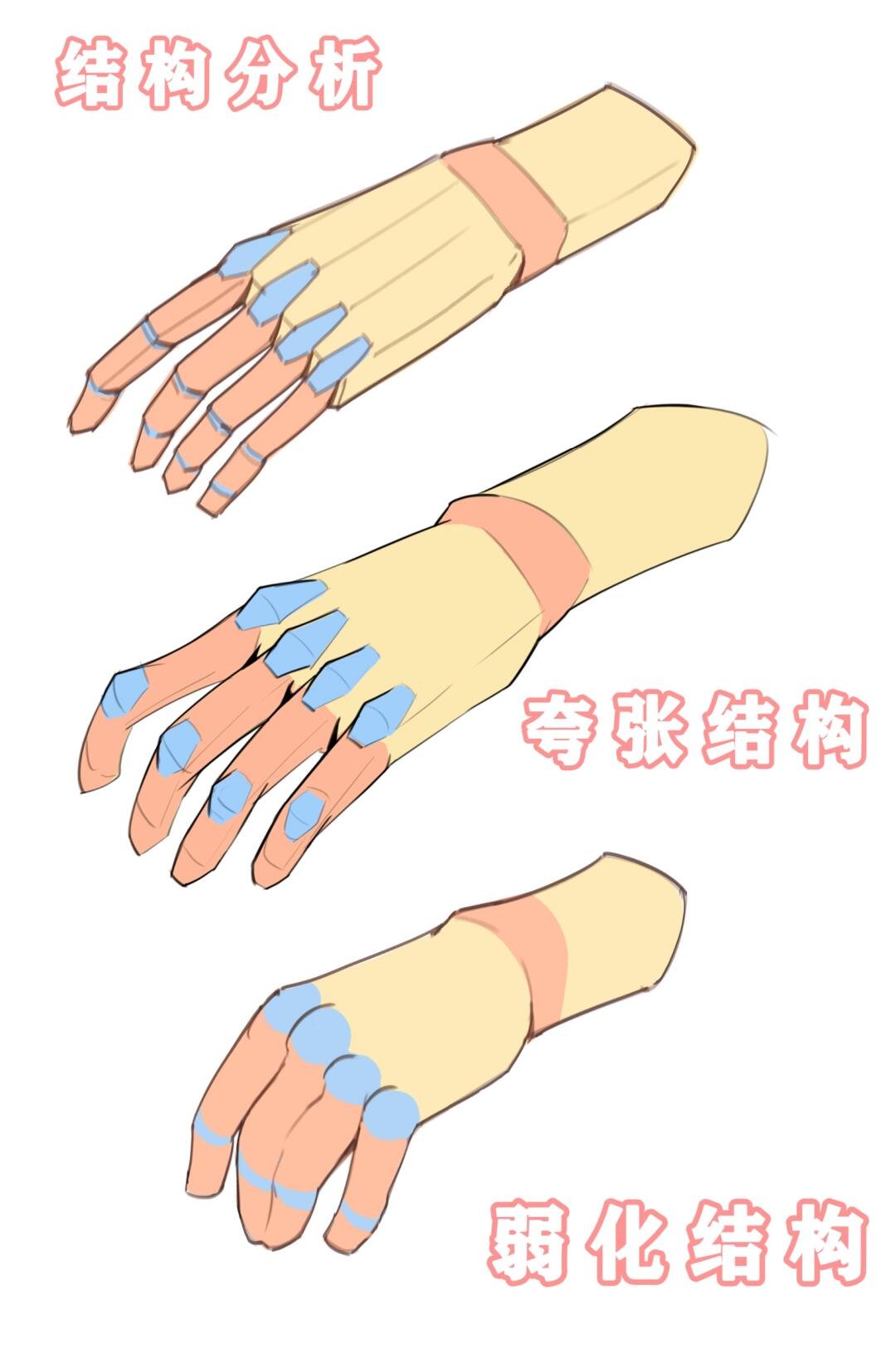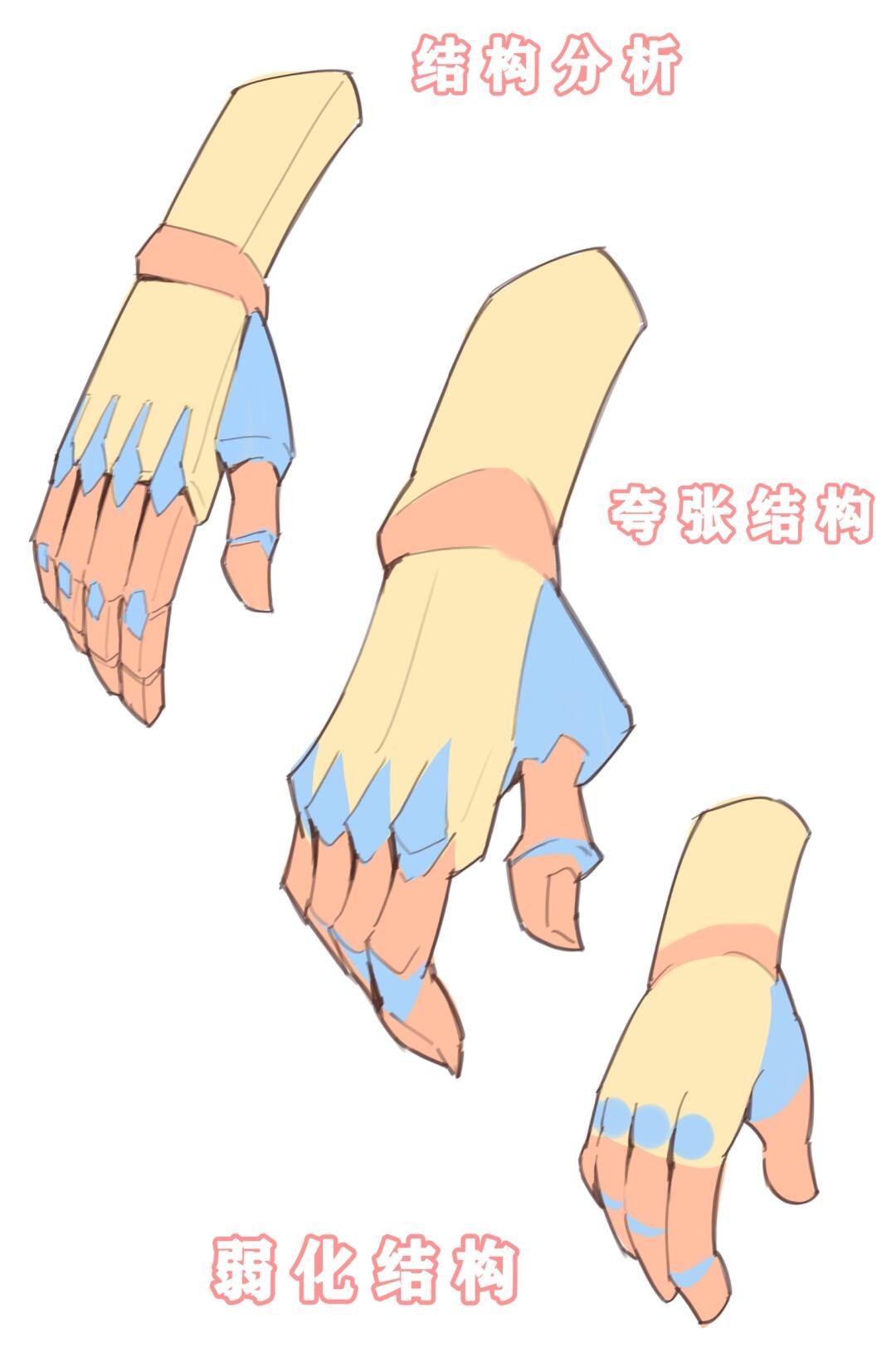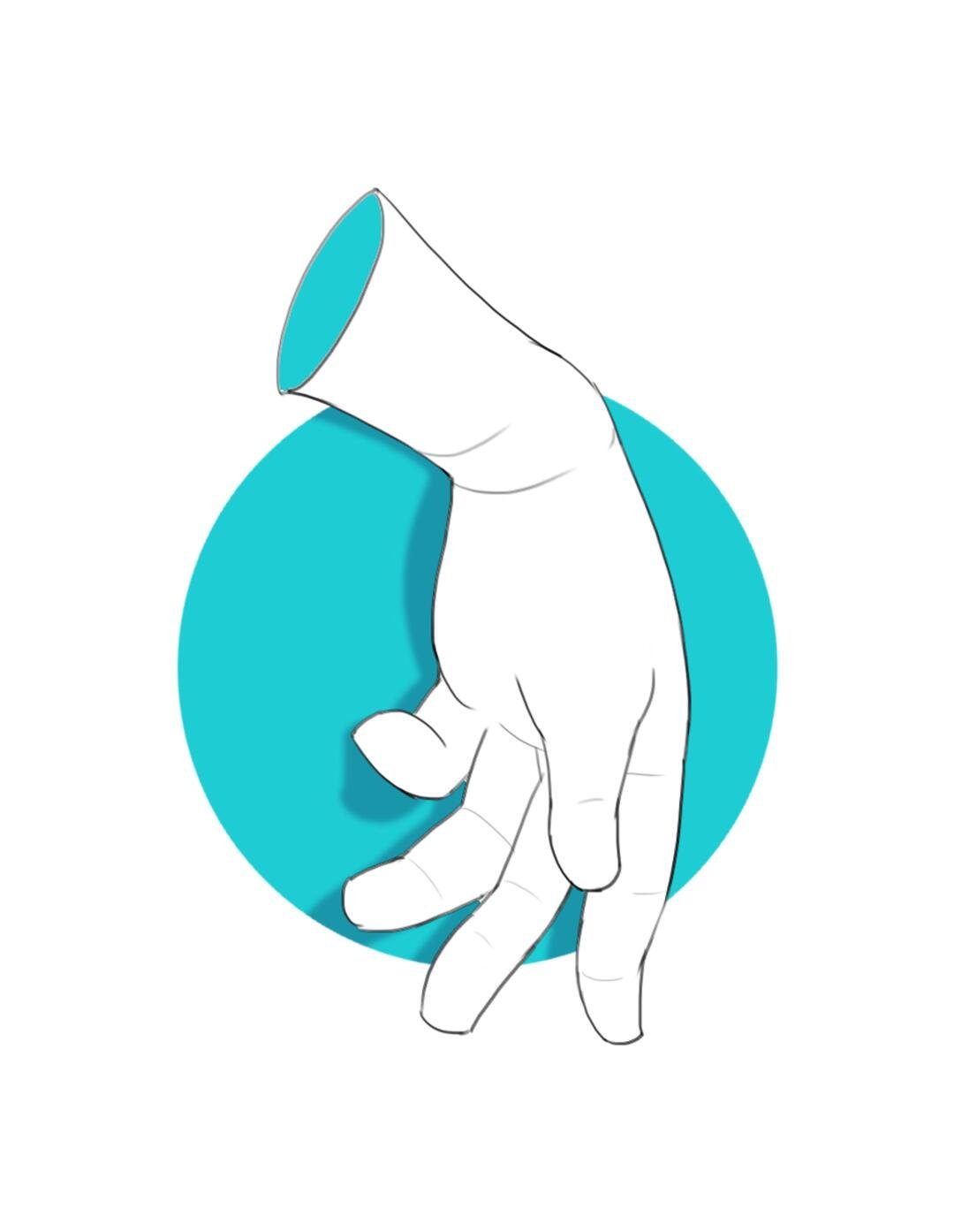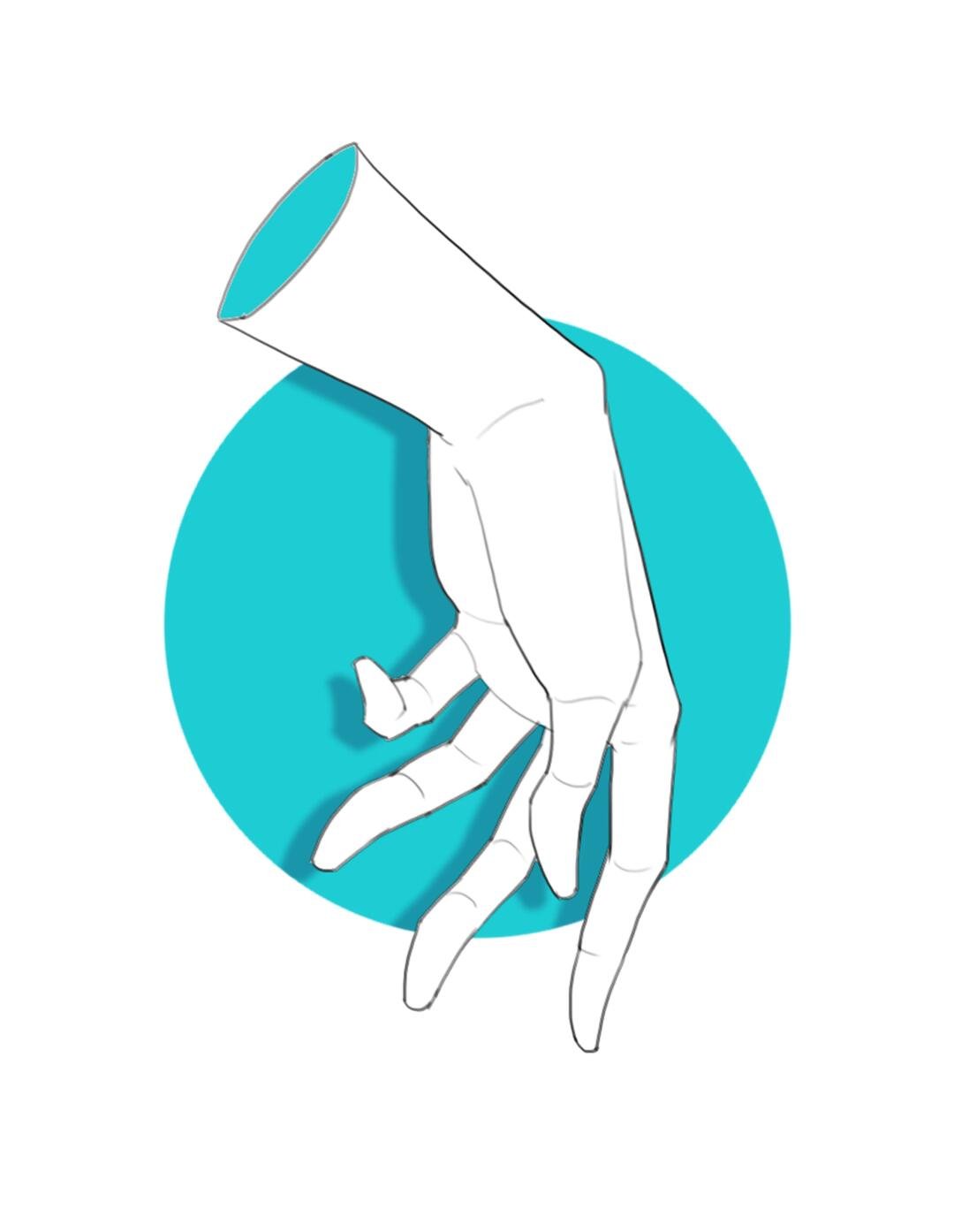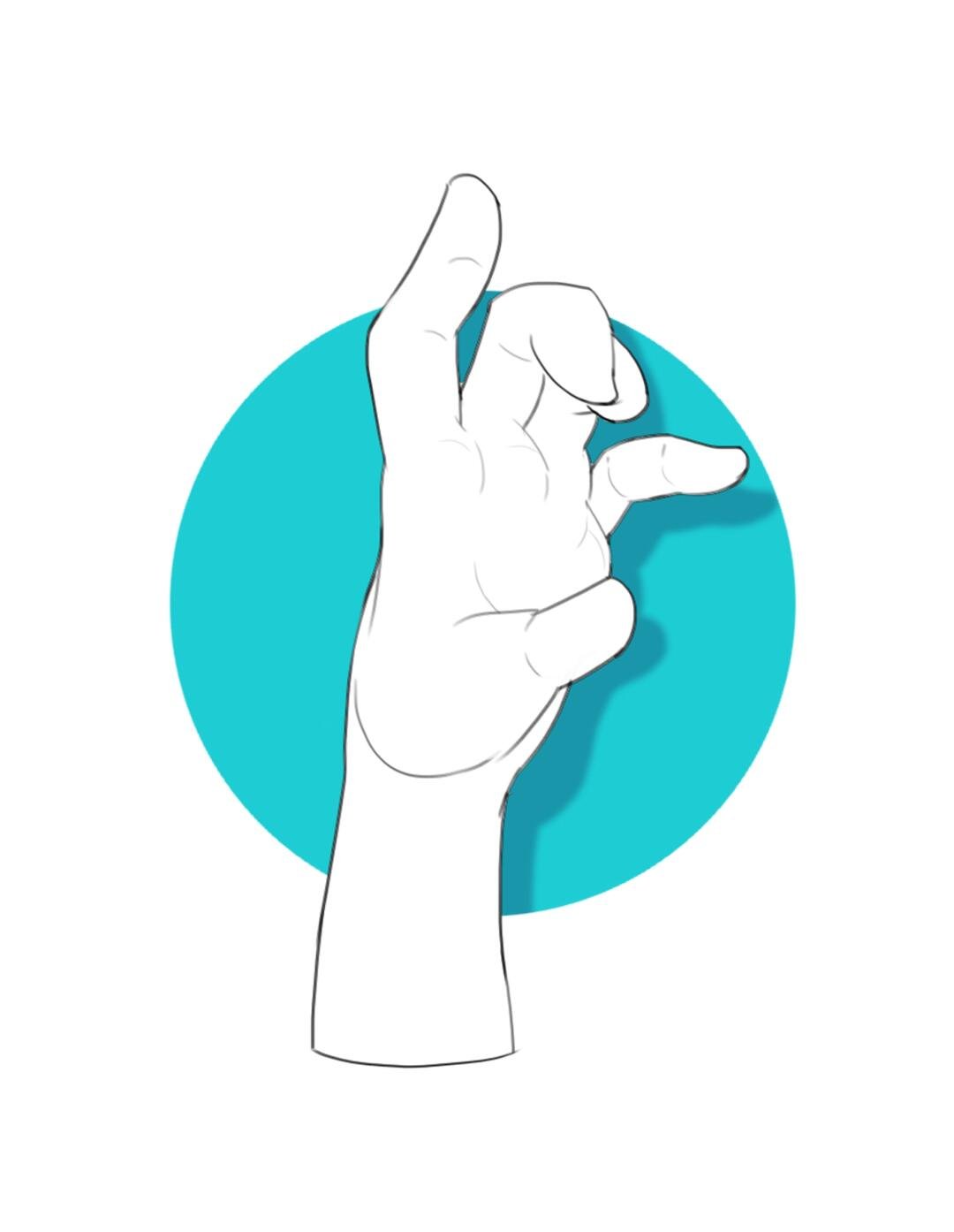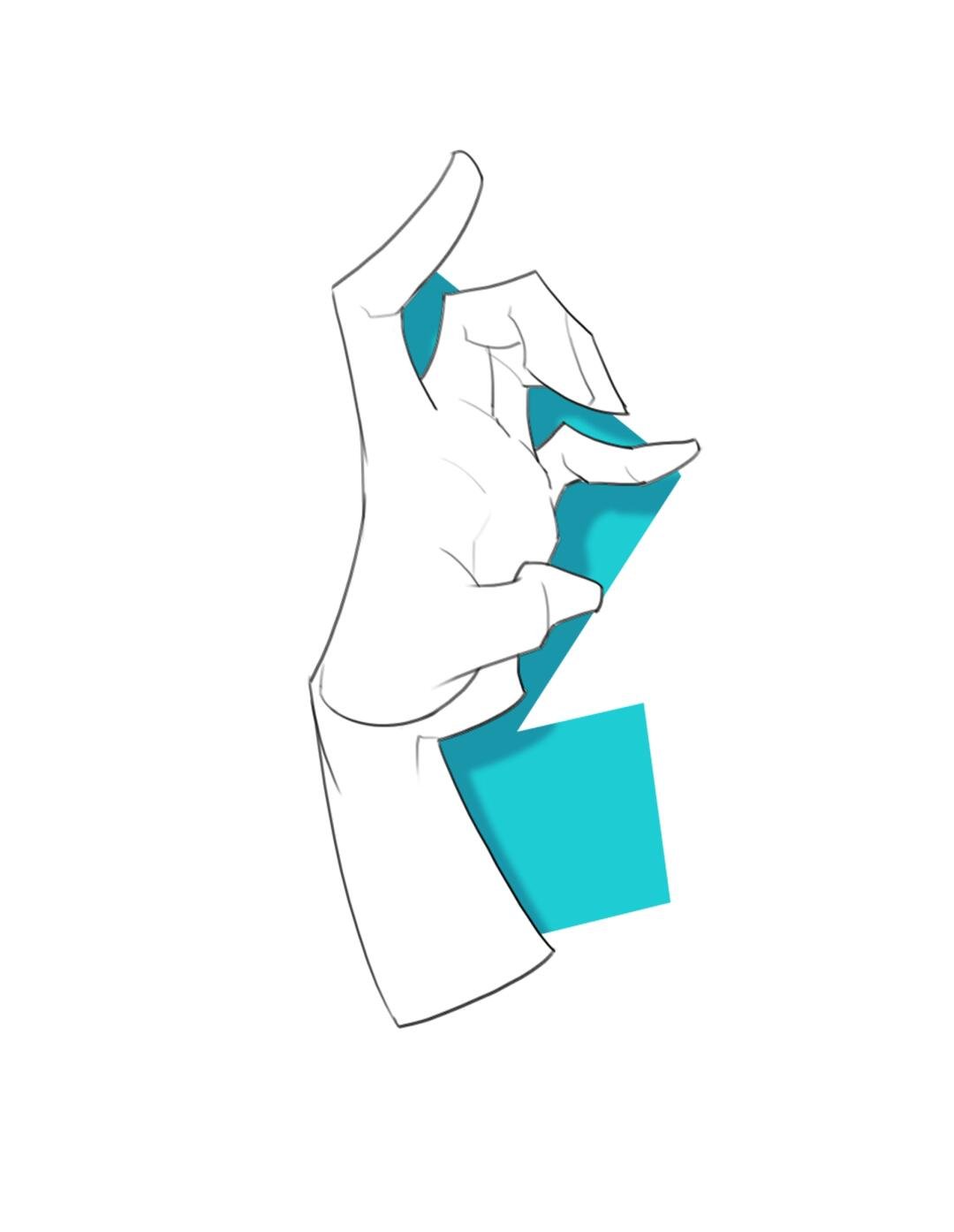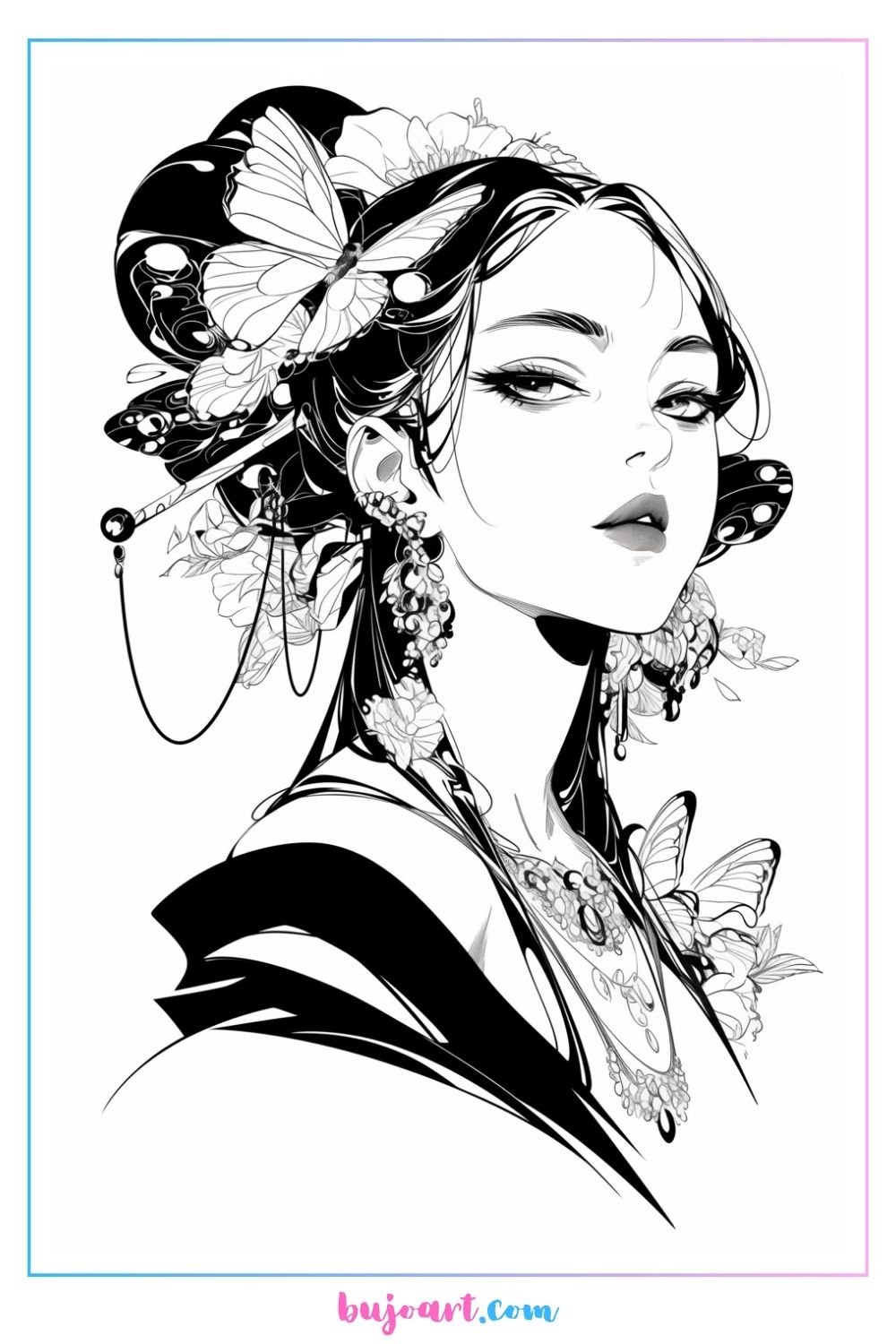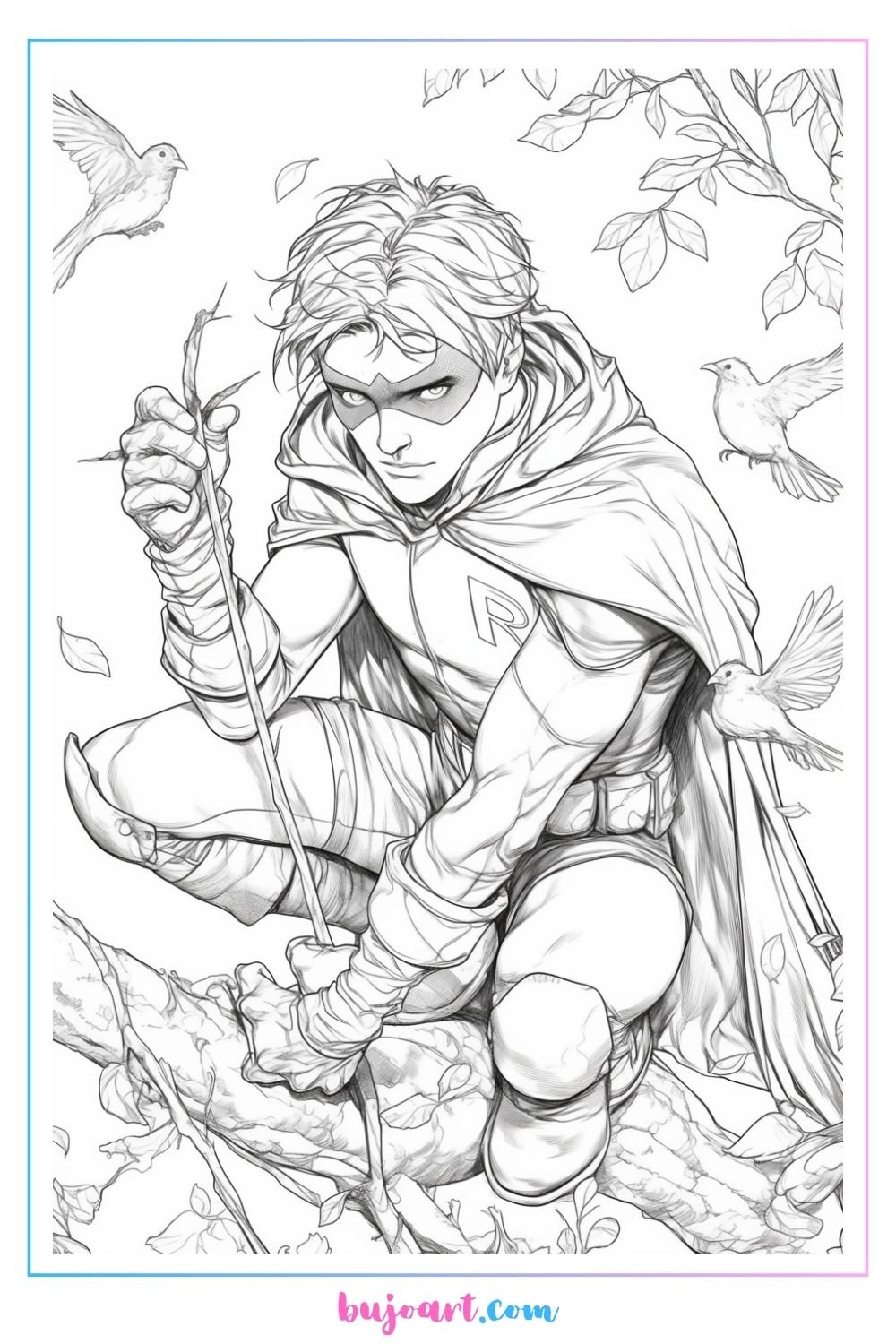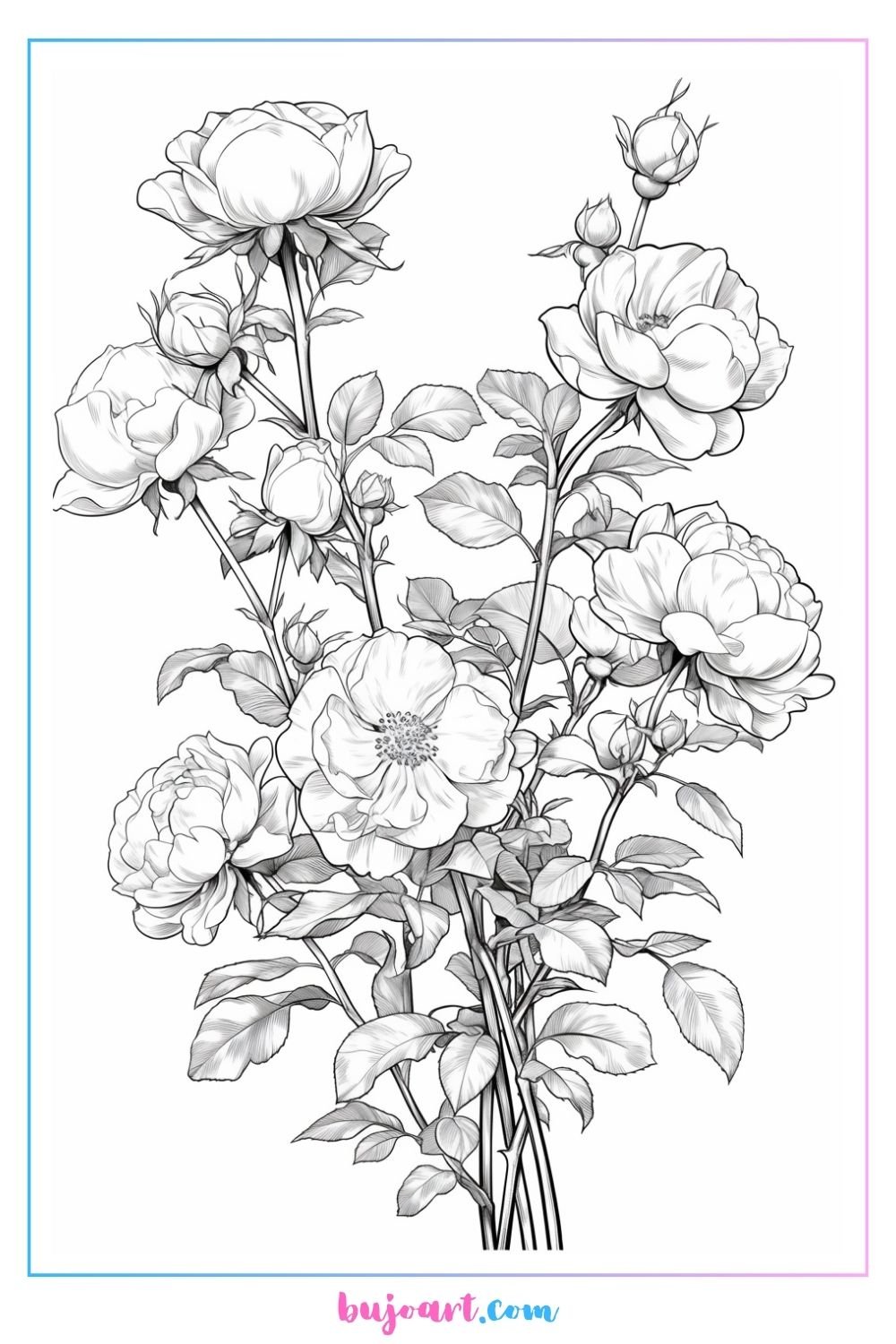
When it comes to mastering the art of drawing, understanding the underlying anatomy of hands is crucial. Hands are not only complex in structure but also play a vital role in conveying emotion and action in your artwork. They consist of bones, muscles, tendons, and ligaments that work together to allow for a wide range of motion. By familiarizing yourself with the anatomy of the hand, you can create more realistic and dynamic representations.
Start by studying the skeletal structure of the hand. There are 27 bones in the human hand, including the phalanges (finger bones), metacarpals (palm bones), and carpals (wrist bones). Understanding how these bones articulate with each other will help you depict hands in various positions. Additionally, familiarize yourself with the major muscles that control hand movements. The flexor and extensor muscles are particularly important as they enable the fingers to curl and extend.
One effective way to enhance your knowledge of hand anatomy is through sketching from life. Observe your own hands in different positions or ask a friend to pose for you. Analyze the proportions and angles of the fingers, knuckles, and wrists. This practice not only reinforces your understanding of hand anatomy but also improves your observational skills, which are essential for any artist.
Common Challenges in Drawing Hands and How to Overcome Them
Drawing hands can be one of the most challenging aspects of figure drawing. Common struggles include capturing correct proportions, understanding perspective, and conveying emotion through gestures. Acknowledging these challenges is the first step toward overcoming them.
To tackle proportion issues, start by breaking the hand down into simple shapes. For instance, use rectangles to represent the palm and cylinders for the fingers. This simplified structure will help you maintain correct proportions as you refine your drawing. Additionally, using guidelines can help you establish the overall shape of the hand before adding details. Remember, practice makes perfect; the more you draw, the more comfortable you will become with proportions.
Perspective can also be a stumbling block for many artists. When hands are turned or angled, the size of the fingers and palm can appear distorted. To combat this, study perspective drawing principles. Practice drawing hands from various angles, paying close attention to how the shapes change. You can use reference images to analyze how light and shadow affect the appearance of hands in different positions.
Lastly, conveying emotion through hand gestures is another area where artists often struggle. Consider the context of the scene you are portraying. Are the hands clenched in anger, relaxed in calmness, or outstretched in excitement? To enhance your ability to express emotion, observe real-life interactions and focus on how body language communicates feelings. Sketching from life or using photographic references can provide valuable insights into how hands convey profound emotions.
Credit: 画画的结构XIA
Creating Your Own Hands Drawing Reference Library
One of the most beneficial tools in your artistic journey is a personal reference library dedicated to hands. This library can include photographs, sketches, and even anatomical diagrams. By curating a collection of hands drawing references, you can easily access inspiration and guidance whenever you need it.
Start by gathering images from various sources. You can find high-quality photographs online, in books, or even by taking your own pictures. Look for images that showcase hands in different poses, angles, and lighting conditions. While collecting, pay attention to the diversity of hand shapes, sizes, and skin tones. This variety will enrich your understanding and representation of hands in your artwork.
In addition to photographs, consider including sketches from master artists. Analyze how they approached hand drawing, noting their techniques and styles. You can even recreate their sketches to practice your skills. This exercise will not only improve your ability to draw hands but also help you develop your unique artistic voice.
Organizing your reference library is equally important. You can create digital folders or physical binders to categorize your references by themes such as gestures, emotions, or anatomical studies. Having a well-organized library will save you time when seeking inspiration or guidance, allowing you to focus on improving your hands drawing skills.
Hands in Action: Capturing Movement and Gesture
Capturing hands in action is essential for creating dynamic and engaging artwork. Whether you are illustrating a character or depicting a scene, the movement of hands can convey a wealth of information and emotion. Therefore, it is crucial to study how hands move and interact with their surroundings.
To begin, observe the hands of people around you. Watch how they gesture while speaking, the way they hold objects, or how they express emotions through movement. Take notes on the different positions and actions you observe, as these observations will inform your drawing practice. If possible, record short videos of hands in motion to analyze the gestures more closely.
Another effective method for capturing movement is to practice gesture drawing. Set a timer and draw quick sketches of hands in various poses. Focus on conveying the overall movement and energy rather than perfecting every detail. This exercise can help you develop a sense of fluidity and expressiveness in your hand drawings.
Finally, don’t shy away from using references from dance, sports, or other dynamic activities. Capturing hands in the context of action can add depth and excitement to your artwork. Study how hands interact with the body and the environment during these activities, and strive to incorporate that understanding into your own drawings.
Credit: 画画的结构XIA
Using Photography as a Hands Drawing Reference Tool
Photography serves as an excellent resource for artists looking to improve their hands drawing abilities. High-resolution images provide clear details that can help you understand the intricacies of hand anatomy, gestures, and proportions. However, it’s essential to use photographs effectively to maximize their benefits.
When selecting photographs for reference, choose images that are well-lit and showcase a variety of hand positions. Look for photos that capture hands in natural actions, such as holding objects, gesturing, or expressing emotions. The context of the photograph can significantly influence how you interpret and represent the hands in your artwork.
Additionally, consider using your own photography to create a personalized reference library. You can take pictures of your hands in different poses and environments. This practice not only allows you to capture your unique hand structure but also enables you to explore how lighting and shadow affect your drawings. Experiment with different angles and distances to find the most flattering perspectives.
Finally, remember to analyze the photographs critically. Pay attention to the details, such as the way light falls on the hand, the texture of the skin, and the subtle nuances of movement. By breaking down the photo into its components, you will gain a deeper understanding of how to replicate these elements in your drawings. Practice using photography as a tool, and you will soon notice significant improvements in your hands drawing skills.
Conclusion: Elevating Your Art Through Improved Hand Drawing Skills
As you embark on your journey to improve your hands drawing skills, remember that practice, observation, and knowledge are your best allies. By understanding hand anatomy, overcoming common challenges, creating a reference library, utilizing photography, and capturing movement, you will develop a strong foundation for drawing hands effectively.
Incorporating these techniques into your daily routine will not only enhance your ability to draw hands but will also elevate your overall artistic expression. The hands are a powerful tool for conveying emotion and action, so investing time in mastering their representation is essential for any artist.
Now is the time to take action! Start building your hands drawing reference library today, practice from life, and embrace the challenges that come with depicting hands. With dedication and effort, you will see significant improvements in your artwork.
If you found this article helpful, consider sharing it with fellow artists or joining a community where you can exchange hands drawing references and tips. Your journey to mastering hand drawing skills can inspire others to elevate their art as well!


